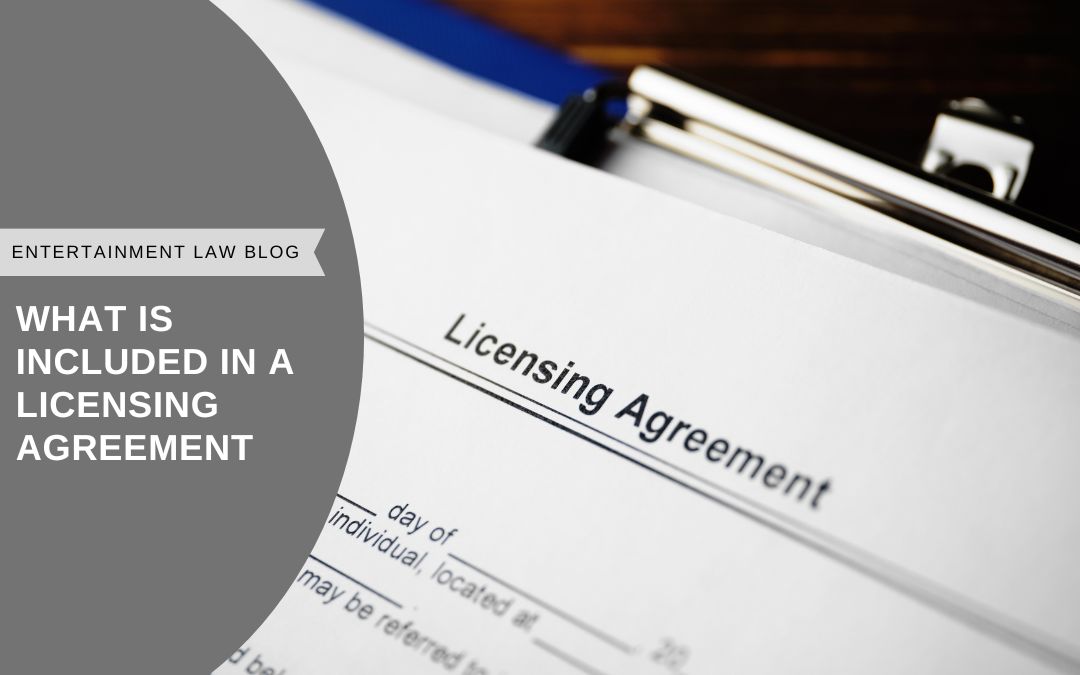Licensing agreements can be complex, especially in the entertainment industry. There are hundreds to thousands of steps that take place to take an inspiration and convert it into a marketable piece of art that gets shared with the masses. Here is an overview and limited list of components and terms of licensing agreements:
Identification of Intellectual Property
The first step in a licensing agreement is identifying the intellectual property that will be licensed. This can include copyrights for music, films, or artwork, trademarks for brand names or logos, or patents for inventions or technological innovations.
Negotiation of Terms
The licensor and licensee negotiate the terms of the agreement, including the scope of the license, geographical limitations, duration, and financial arrangements. The negotiation process involves reaching a mutual understanding of how the intellectual property will be used and the compensation structure.
Granting Rights
Once the terms are agreed upon, the licensor grants specific rights to the licensee. These rights may include the right to reproduce, distribute, perform, display, or create derivative works based on the licensed intellectual property. The agreement will outline the permitted uses and any restrictions imposed by the licensor.
Royalties and Financial Considerations
Licensing agreements often involve financial arrangements, such as the payment of royalties by the licensee to the licensor. Royalties are typically a percentage of the licensee’s revenue generated from the licensed intellectual property. The agreement specifies the royalty rate, payment terms, and reporting requirements.
Quality Control and Brand Protection
To maintain the integrity of the licensed intellectual property, licensors often include provisions for quality control. These provisions allow the licensor to ensure that the licensee maintains a certain standard of quality in the use of the intellectual property. This helps protect the brand reputation associated with the licensed property.
Termination and Dispute Resolution
The licensing agreement should include provisions for termination, outlining the conditions under which either party can terminate the agreement. Dispute resolution mechanisms, such as mediation or arbitration, may also be included to address any conflicts that may arise during the course of the agreement.
Intellectual Property Protection
Include provisions to protect the intellectual property, such as confidentiality, trademarks, copyright notices, and the licensor’s right to take legal action against infringement.
Minimum Sales Requirements
Ensuring the licensee actively promotes and sells the licensed products or services.
Indemnification and Liability
Allocate responsibilities for any liabilities arising from the use of licensed intellectual property and outline indemnification provisions.
Browse more Entertainment Law articles.

